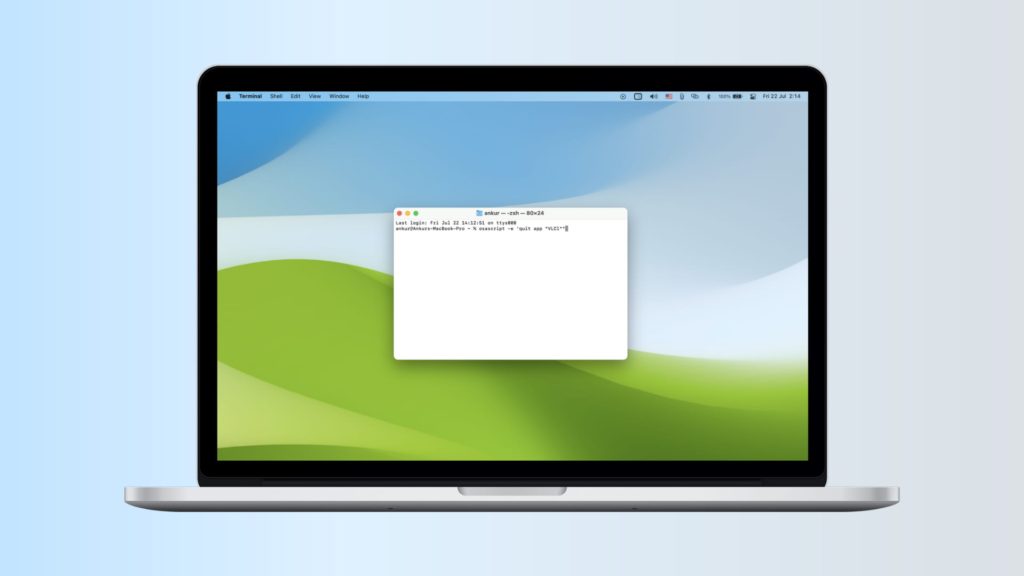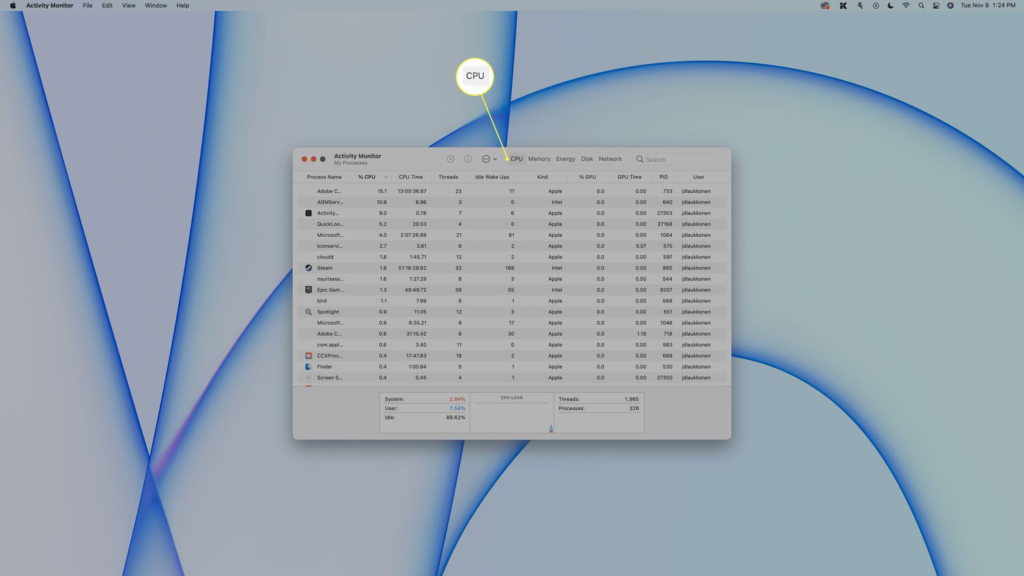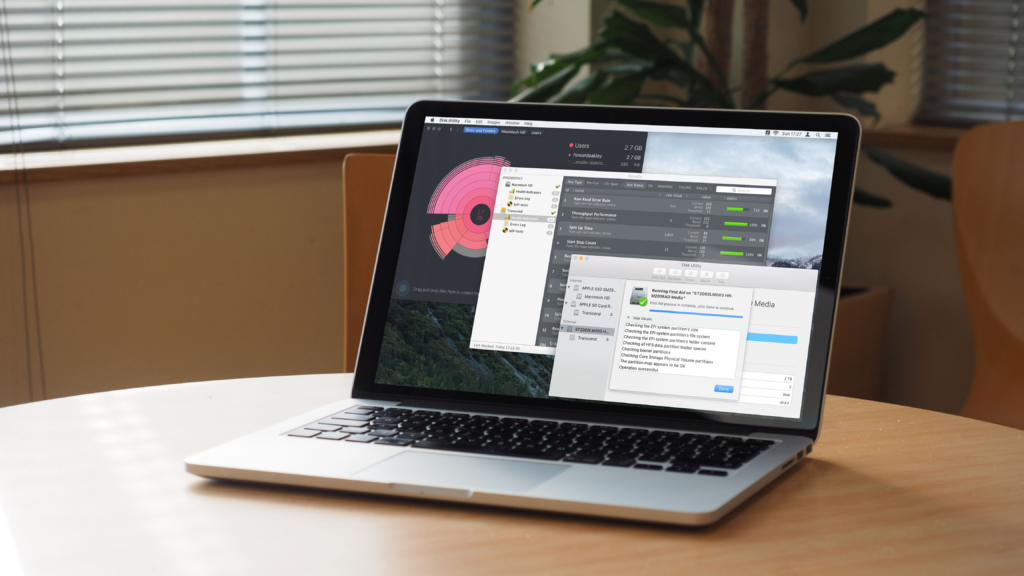Table of Contents
Want to know how to open Task Manager on Mac? If your Mac is running slow or a program is not working, you can use the Task Manager to fix it. Mac has a built-in tool to check and close unresponsive apps, just like Windows Task Manager.
But Mac’s Task Manager is called “Force Quit Applications.” It helps you close frozen apps quickly. If you need more details about your Mac’s performance, the Activity Monitor is the best tool. It shows CPU, memory, and energy usage. In this guide, we will show you how to use both tools to manage your Mac better.
How to Open Task Manager on Mac and Monitor Performance
When your Mac slows down or an app stops working, you may need to check what’s wrong. Many people look for how to open Task Manager on Mac to close frozen programs or check system performance. While Mac does not have a Task Manager like Windows, it has two tools that do the job: Force Quit Applications and Activity Monitor.
The Force Quit tool helps you close apps that are stuck. The Activity Monitor gives you more details about your Mac’s CPU, memory, and battery usage. In this guide, you will learn how to use both tools to keep your Mac running smoothly.
What Is Task Manager on Mac? Is It the Same as Windows?
Many users search for how to open Task Manager on Mac, but the Mac system works differently from Windows. Instead of Task Manager, Mac has Force Quit Applications and Activity Monitor. These tools help you manage apps and processes in different ways.
Force Quit lets you close frozen apps quickly. Activity Monitor, on the other hand, helps you see all active processes, memory usage, and CPU load. If your Mac is slow, checking Activity Monitor can help you find the cause.
Windows Task Manager has both basic and advanced functions in one tool. On Mac, you need to use both Force Quit and Activity Monitor to manage apps and system performance.
How to Open Task Manager on Mac Quickly
Sometimes, apps stop responding, and you need to force them to close. Mac makes this easy with the Force Quit Applications window.
To open it, follow these steps:
- Press Command (⌘) + Option (⌥) + Escape (Esc) on your keyboard.
- A window will appear showing all open applications.
- Select the app that is not working and click Force Quit.
This is the fastest way to close frozen programs. However, if you want to see system details, you should use the Activity Monitor.
Using Force Quit to Close Unresponsive Apps on Mac

When an app freezes, it can slow down your Mac. The Force Quit tool helps you close these apps easily.
Force Quit does not show background processes. It only lists open applications. This is useful when a program stops working and you cannot close it normally.
If an app keeps freezing, try restarting your Mac. Sometimes, apps stop working because the system needs a refresh. If the problem continues, check the Activity Monitor to see what is causing the issue.
What Is Activity Monitor? A More Advanced Task Manager
Force Quit helps with frozen apps, but Activity Monitor gives a deeper look at your Mac’s performance. This tool shows all running processes, even the ones working in the background.
To open Activity Monitor:
- Go to Applications > Utilities > Activity Monitor.
- Or, press Command (⌘) + Spacebar, type Activity Monitor, and press Enter.
Activity Monitor shows CPU, memory, energy, disk, and network usage. You can use it to find apps that are using too many resources and slowing down your Mac.
How to Open Activity Monitor on Mac and What It Shows
The Activity Monitor is like a Task Manager for Mac. It helps you check system performance and close apps that use too much power.
Activity Monitor has different sections:
- CPU – Shows how much processing power each app is using.
- Memory – Displays RAM usage and available space.
- Energy – Lists power consumption and battery usage.
- Disk – Tracks data read and written to storage.
- Network – Monitors internet usage by apps.
By checking these details, you can find what is slowing down your Mac and fix it.
Checking CPU Usage with Activity Monitor: Keep Your Mac Fast

Your Mac’s CPU handles all the tasks and apps you use. If your Mac is slow, checking CPU usage in Activity Monitor can help.
CPU load tells you which apps are using the most power. If a program is using too much CPU, it might cause your Mac to overheat or lag.
If you see an app using a high percentage of CPU, you can quit it. This will free up resources and help your Mac run better.
Monitoring Memory Usage: Is Your Mac Running Low on RAM?
Macs use RAM (memory) to keep apps running smoothly. If memory is full, your Mac may slow down or freeze.
To check memory usage:
- Open Activity Monitor and go to the Memory tab.
- Look at the Memory Pressure graph. If it is red, your Mac needs more memory.
- Close apps that use a lot of memory to free up space.
If your Mac still runs slow, restarting can help clear memory and make it faster.
How to Check Battery and Energy Usage on Mac
MacBooks use battery power, and some apps drain it faster than others. The Energy tab in Activity Monitor helps you see which apps use the most power.
Things you can check in the Energy tab:
- Energy Impact – Shows how much energy each app is using.
- Battery charge – Displays how much battery is left.
- Time remaining – Estimates how long the battery will last.
If an app is using too much power, you can close it to save battery life.
Managing Disk Activity: Keep Your Mac’s Storage Healthy

The Disk tab in Activity Monitor helps you check how much data apps are reading and writing to your Mac’s storage.
Things you can monitor in the Disk tab:
- Reads in – How many times data is read from storage.
- Writes out – How much data is written to storage.
- Total disk activity – Shows the overall disk usage.
If an app is writing too much data, it could slow down your Mac. Closing unnecessary apps can help improve speed.
Conclusion
Taking care of your Mac is easy when you know how to use the right tools. If an app freezes, you can use Force Quit to close it fast. If your Mac is slow, Activity Monitor helps you find out what is using too much CPU, memory, or battery. Checking these tools often will keep your Mac working well.
If your Mac is still having problems, try restarting it or closing unused apps. Keeping your system updated also helps it run better. By using these simple tips, you can make sure your Mac stays fast, smooth, and ready for anything!
FAQs
Q: Does Mac have a Task Manager like Windows?
A: No, Mac does not have a Task Manager like Windows. Instead, it has Force Quit Applications to close apps and Activity Monitor to check system performance.
Q: How do I force quit a frozen app on Mac?
A: Press Command (⌘) + Option (⌥) + Escape (Esc) on your keyboard, select the frozen app, and click Force Quit.
Q: How can I check which apps are slowing down my Mac?
A: Open Activity Monitor from Applications > Utilities. Check the CPU and Memory tabs to see which apps are using too many resources.

